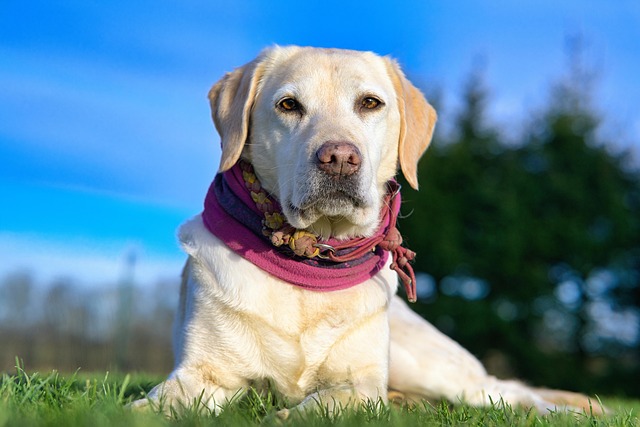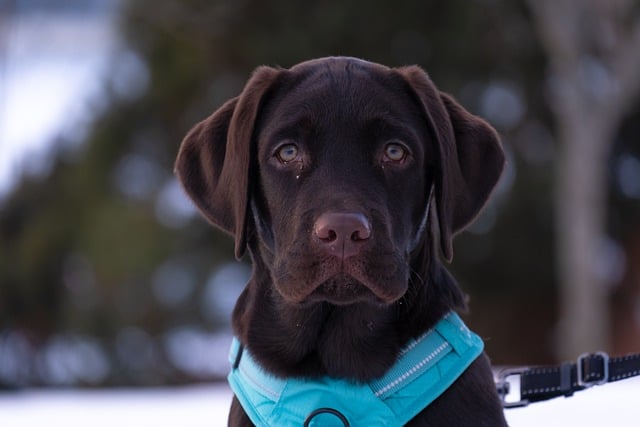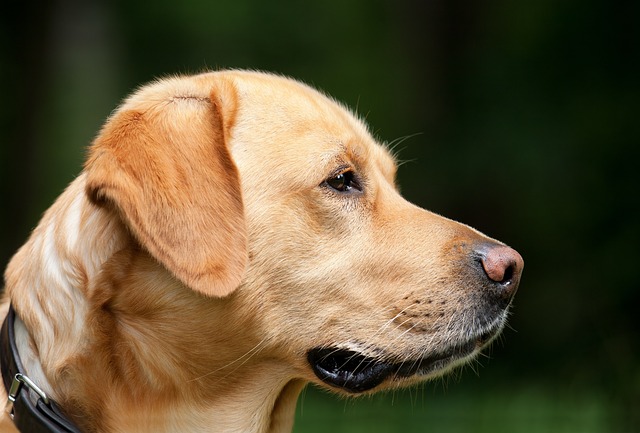
How do i train my dog to be obedient?
Watching your dog dart across the park ignoring your calls isn’t just frustrating—it can put them at risk near busy streets or public spaces.
When we decide to welcome a dog into our lives and eagerly look forward to spending wonderful times with it, training the dog becomes a significant task that we must face. So, what exactly is the most important thing to start with when training a dog?
Among all the training aspects, building trust and an intimate relationship is undoubtedly the cornerstone of starting the dog training journey. When a dog comes into a new environment and faces unfamiliar people and things, it is filled with anxiety and fear inside. At this moment, the care and patience given by the owner are like warm sunshine, which can dispel the haze in the dog's heart. From the moment the dog steps into the house, we should communicate with it in a gentle tone and stroke its body softly, so that it can feel our kindness and acceptance. Through daily interactions, such as playing together and feeding, we gradually enhance the understanding and trust between us. Every time the dog casts a trusting look at us and every time it takes the initiative to come close for a stroke, it means that this trust is quietly taking root.
Basic obedience training is also a crucial part in the initial training stage. Among them, the training of the "sit" command can be said to be of utmost importance. When a dog learns to "sit", it begins to understand the meaning of simple human commands, which is the first step in communicating with the owner. During the training, we hold a delicious treat in our hand to attract the dog's attention in front of it. Then, slowly move the treat upward. The dog's gaze will follow the treat and lift up, and at this time, its bottom will often sink naturally. The moment its bottom touches the ground, clearly and firmly give the command "sit" and immediately give the treat as a reward and enthusiastic praise, for example, say "You're so great!" in a cheerful tone. By repeating this action many times, the dog will gradually establish a connection between the "sit" command and the sitting action. When we give the "sit" command again, the dog can quickly respond correctly. This seemingly simple training process not only enables the dog to learn to follow commands but also enhances its self-confidence and makes it feel the tacit understanding between itself and the owner.
 In addition to the "sit" command, the training of the "come" command is also extremely important. Imagine that when a dog is playing outdoors, it can immediately run over when the owner calls. This not only ensures the dog's safety but also reflects the achievement of the training. When training the "come" command, first let the dog stay at a certain distance away. Then, open your arms and call the dog's name in a pleasant and attractive voice, and immediately give the command "come". If the dog runs towards you on its own initiative, don't be stingy with rewards, whether it's treats, strokes, or words of praise. If the dog doesn't respond, don't be anxious or angry. Instead, try to walk towards it slowly, guide it to follow you back to the starting position, and then give the command and try again. Through continuous repeated training, the dog will gradually understand that "come" means running quickly to the owner's side, and this command will also become a powerful weapon to ensure the dog's safety.
In addition to the "sit" command, the training of the "come" command is also extremely important. Imagine that when a dog is playing outdoors, it can immediately run over when the owner calls. This not only ensures the dog's safety but also reflects the achievement of the training. When training the "come" command, first let the dog stay at a certain distance away. Then, open your arms and call the dog's name in a pleasant and attractive voice, and immediately give the command "come". If the dog runs towards you on its own initiative, don't be stingy with rewards, whether it's treats, strokes, or words of praise. If the dog doesn't respond, don't be anxious or angry. Instead, try to walk towards it slowly, guide it to follow you back to the starting position, and then give the command and try again. Through continuous repeated training, the dog will gradually understand that "come" means running quickly to the owner's side, and this command will also become a powerful weapon to ensure the dog's safety.
Socialization training is also an important part that cannot be ignored in the initial training stage. Dogs are social animals, and good social skills are crucial for their physical and mental health. When a dog is a puppy, it should be exposed to a variety of people and other animals. Take the dog to public places such as parks and pet stores, so that it has the opportunity to interact with people of different ages, genders, and appearances. When the dog shows curiosity or friendliness towards strangers, give encouragement and rewards. If the dog shows fear or uneasiness, don't force it. Instead, patiently soothe it and gradually guide it to overcome the fear. At the same time, let the dog play with other friendly dogs, which can help it learn correct social behaviors, such as how to get along with companions and how to express its emotions. During the socialization training process, we can see the dog gradually becoming cheerful and confident, and its world also becomes more colorful due to its contact with the outside world.
The first thing in training a dog is not a single skill but a comprehensive process. From building a deep trust relationship, to carrying out basic obedience training, and then to conducting comprehensive socialization training, every link is closely connected and indispensable. Every successful training is a mark of the dog's growth and also a witness to the warming up of the relationship between us and the dog. When we train the dog with our heart and give it enough love and patience, what the dog gives back to us will be a perfect partner full of trust, obedience, and good social skills.

Watching your dog dart across the park ignoring your calls isn’t just frustrating—it can put them at risk near busy streets or public spaces.

New puppy owners often find themselves rushing to clean up accidents before they set in, and that’s where puppy pad training becomes a game-changer.

If you've noticed your dog's waistline disappearing and your veterinarian has mentioned those few extra pounds, your first instinct might be to simply reduce the amount of food in their bowl.

Training a dog to use a designated spot indoors isn’t as daunting as many new owners fear, but it does take consistency and an understanding of your pet’s needs.

That moment of dread on a walk is all too familiar for many new dog owners. You see another dog approaching down the sidewalk of your neighborhood

If the sight of another dog on your neighborhood walk makes your heart sink as your own dog erupts into a frenzy of barking and lunging, you're not alone.